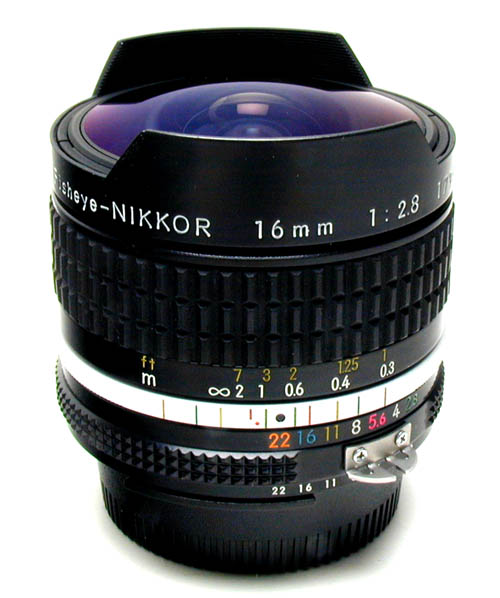

The 43.5mm filter is the same as the Olympus Trip 35 so filters can be found but I hardly ever need one. Also, the focus throw is very short, under 90º gets you from infinity to nearest focus. Contrast and handling are very nice, it looks good and the price is right too. I wanted a more modern-rendering lens and the Avenon is kind of forgotten. The Canons (both the 2.8 and 3.5 version) have softer contrast and the 3.5 version slightly vignettes unless stopped down to 5.6 or so. The Voigtländer 28mm 3.5 (I forgot the name) has rapidly become a collector’s item and a loved shooter so expect to pay upward of USD 550 for a used one. And prices have gone up in the last decade too. But, the 55mm filter size was a severe issue on the Leica II since it blocked part of the rangefinder. I once owned a Komura 28mm 3.5 and while distortion was well-corrected, contrast very good for an early-1960s lens and handling was also great, although it lacked a focus tab. There’s not much to choose in the 28mm department either. I like the all-black appearance of it so I kept it like this. Maybe it was a special order, or a factory sample. For some reason my lens is blacked out at the front, the letters were never filled in with paint. This lens is the multi-coaed (MC) model II, with an eight-bladed aperture and a focus lever that is one-piece machined with the whole focus ring. Numbers are limited, production was stopped in 2002. The small Japanese company (YK Optical, Yokohama) that produced these also produced the before-mentioned 21mm 2.8 lens. The Avenon 28mm 3.5 model II is the shortest lens I own for the Leica II. This lens was made in Japan, sold in Japan under the Avenon name but was also sold in the USA as Kobalux and in Europe as Pasoptik. The Angulon 21mm 4.0 in LTM is just too expensive for my taste and wallet. Also, it’s a bit soft wide open and I don’t need 2.8, I’m really fine with the 4.0 for shooting daytime cityscapes etcetera. There is an Avenon 21mm 2.8 in LTM but it’s expensive and very big. This 21mm on the other hand is again very well corrected, shows much less distortion. But the Tamron 17mm 3.5 Adaptall that nurtured my love for ultra wides shows very little distortion, while the 15mm Heliar is distorting things quite a bit more. I still am considering the 15MM 4.5 Heliar and might let go of the 21mm for that. But on a screw mount camera, choices are kind of limited. I use it with a 25mm lens hood until I will be able to find the (slightly shorter) 21mm lens hood for it. It is made from aluminium and silver anodized. The Voigtländer Color-Skopar 21mm 4.0 is a lens from the turn of this century. They all have their quality but they are from very different upbringings.

#EARLY NIKKOR LENS SERIAL NUMBERS FULL#
So I thought it best to treat it right and that meant treat it to a full range of lenses.
#EARLY NIKKOR LENS SERIAL NUMBERS SERIAL NUMBER#
My Leica II is extra special to me, because the serial number is one digit away from my date of birth. A Leica II from the very first batch, from February 1932. Lenses for the one LTM mount camera that I kept. But I have to admit that on a lot of occasions I get better results with an SLR than with an M-mount Leica and selling my M mount lenses freed up a lot of money that was invested in other camera gear, in film scanners, in film, in paper, and of course in more lenses. Of course, a huge array of excellent lenses is designed for the M-mount system and those cannot be used on the screw mount Leica that Oskar Barnack designed. It lacks a selftimer too, and how often do you need one anyway? It is small, pocketable, its 1/500th top speed is enough to shoot 400 ASA film with the ‘Sunny 16’ approach. It has no slow speeds, which mostly are unusable with a handheld camera.

With its higher-contrast yellow 100% rangefinder, the Leica II can be focused with both eyes open. But, what are nice screw mount lenses to use with that Oscar Barnack designed camera? I loved them all but in the end I had to admit that one model really stole my heart due to its unprecedented simplicity: the early Leica II. Over the years I shot many Leica cameras.


 0 kommentar(er)
0 kommentar(er)
